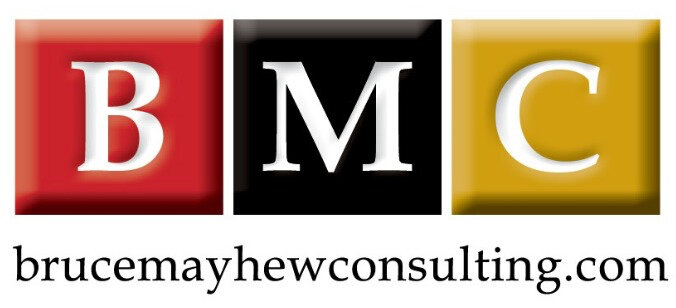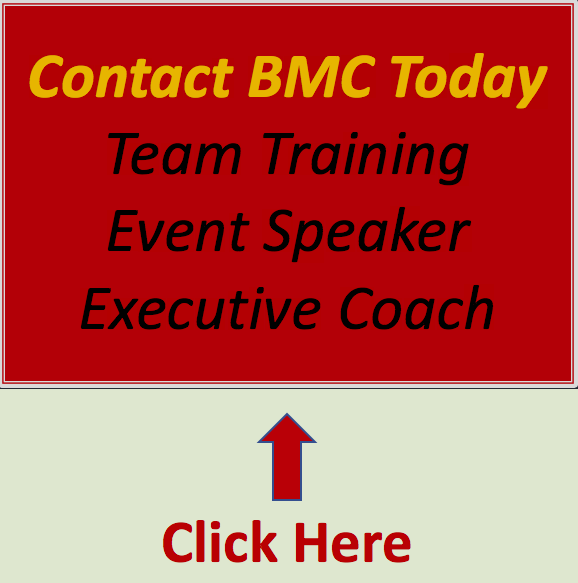Learn to write smarter and faster; Get more done while protecting your reputation.
/“Copy is not written. Copy is assembled.” – Eugene Schwartz (copywriter).
Because most of the writing you and I do is email, I’m going to adjust Eugene Schwartz’s quote to be, “Great email isn’t written, it is assembled.”
None of us read email for the fun of it. Writing is never our goal – getting our work done is. Whenever we write our goal isn’t achieved until our reader understands what we said and/or does what we asked them to do. Unfortunately there are many obstacles in the way, especially when we write email. One obstacle we often forget is that our readers may not be expecting (or wanting) our message. Another obstacle may be our current reputation; if we have a history of being unclear or rude you can imagine our email are not going to get read quickly.
We fail when the email we write don’t get read, understood or acted upon. But, failure isn’t an option when we are at work. We ‘have’ tobe successful. And, because email is how we communicate 90% of the time, we ‘have’ to write. So, I believe the important question we must all ask is, “As writers, how do we assemble our email so that it cuts through all the other email, priorities and ever-increasing distractions our readers are experiencing?”
In this article I want to give you a fresh approach to writing smarter and faster and getting more done while protecting our reputation in three simple steps.
Assemble Step 1. Be Polite
Say Hello.
Before writing what we need our readers to know or do, just say ‘Hello’ or ‘Hi’.
Saying ‘Hello’ or ‘Hi’ is one of the best ways to grab someone’s attention. It’s also the best way to take the rude, abrupt and bossy feel out of your message. Readers notice (in a good way) when we say ‘Hi’. Why? Because saying ‘Hi’ is polite. If we don’t say ‘Hi’ it’s like storming into their office unannounced. #Rude
The exception I will offer you is that if you are writing with someone 20 times a day or more you can both agree to not do this because it will likely get annoying. But, still do it for your first email of the day.
Assemble Step 2. Don’t Make Writing Complicated
After saying hello, get-to-the-point in your first sentence. We all are busy and we don’t have the time or the interest to become a great novelist like Margaret Atwood or great copywriter like Eugene Schwartz.
To write great email we have to consider what information our reader already knows in our first sentence. Also, what new information might they need? Our readers will start skimming and we will lose their interest if we write about things they already know. You know this is true because you do it when you are bored by someone’s email. And, we will put them at a disadvantage and potentially delay them giving us the information we need if we don’t include the information they need.
Another tip to keep our writing simple is to keep flowery descriptions, complicated jargon and technical terms to a minimum. If we don’t, we are falling into a trap called ‘the curse of knowledge’ says Harvard psychologist, communication specialist and author Steven Pinker which he defines as“a difficulty in imagining what it is like for someone else not to know something that you know”.
Assemble Step 3. Write Sentences With Benefits First
To always get our email read, writers have to break a few habits as we learn to assemble our sentences starting with benefit first.
Look at that last sentence and how I structured it. I have put the ‘why’ first.
I could have written, “Writers have to break a few habits as we learn to write our sentence starting with benefits first in order to keep our readers interest.” While this second sentence generally works, we risk boring our readers with detail before we tell them ‘why’ that detail is important. And, if our readers get bored – they will move on. Unfortunately, most of us were taught in school to put information first and then follow with benefit and action item.
This is one of my favourite tips and it can be used in all your writing - not just email and instant messaging. So, don’t bore your readers; grab their attention and interest quickly. I do want to warn you, even though it sounds easy to do, it will require some practice and paying attention to your structure.
Conclusion:
Every time we write email or instant messages, we are adding or subtracting from our reputation and the reputation of our company. In addition, when our messages are misunderstood, not even read and/or when our tone is interpreted as bossy or angry, the result is that mistakes are made, time is wasted and expenses go up.
The importance of well-written / well-assembled communication is high.
So, before hitting ‘Send’ on your next email, take a moment to ask, “Am I addressing my readers needs and how likely is it that my reader will understand and be able to act on my message?” If your answers to these two questions are‘Yes’ and ‘Very Likely’ then you have done a great job of building a trusting relationship and accomplishing your key goals.
Bruce Mayhew Consulting specializes in customized Email Etiquette Training, Leadership & New Leadership Development, Generational Differences, Time Management Training and other soft skills training solutions in Toronto and across Canada. Bruce is also an Executive Coach to a few select clients.
Bruce is an experienced motivational speaker in Toronto and has inspired audiences across Canada and within the USA and the UK. Bruce works hard to always make sure your training event, conference, retreat, or annual general meeting is a success.
Thank you for stopping by.








